PART 1
Understanding the Ways of the Bed Bug
-
Know how to identify a bed bug. Bed bugs are reddish-brown with a flat, oval body that measures approximately ¼ of an inch (6.35 mm) long. Bed bugs usually hide close to the bed but can spread to other areas of the room or home over time.
• Bed bug colors can range from nearly white after they molt, a light tan, a deep brown, to a burnt orange.
• Although bed bugs are generally found on or near the bed, most insects found there are not bed bugs. Before beginning pest control efforts to rid a home of bed bugs, confirm the identity of the pest.


2. Understand the ways in which bed bugs are able to get into your home. Bed bugs enter a home through many possible ways, the most common being hitching a ride on your luggage, computer, clothing or other belongings after you have stayed somewhere else, or traveled where bed bugs are present, including on public transportation. Moving time is another possible way to get into a new home, as they catch a ride in the moving boxes.
- Occasionally, bats and birds introduce bed bugs.
- Bed bugs are more likely to be found in buildings where many occupants sleep or where there is frequent turnover, such as a hotel or college dormitory.
- Bed bugs tend to congregate where people sleep more than any other part of the home. They love hiding out in the bed frame, mattress, and box spring.
- Given their flattened body shape, bed bugs hide out in cracks and crevices within a room, the furniture, and other objects.
- Bed bugs can wander from apartment to apartment using the voids between walls and wire/pipe holes.
- Bed bugs like warmth. They are known to enter laptops, netbooks, and DSL ports, which are also very portable objects that you might inadvertently carry around to other rooms and homes!

Part 2
Preventing Bed Bugs From Entering the Home
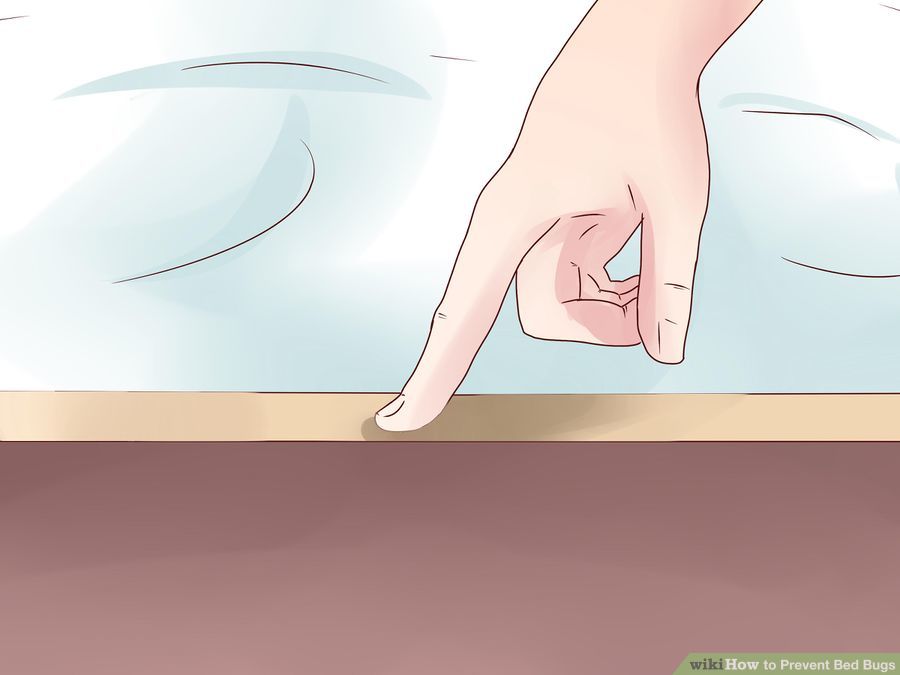
- Check for bed bugs before unpacking during a trip away from home. Change rooms or hotels immediately if you see any evidence of bed bugs.
- Pull back the sheets from the mattress and look for bugs along the seams or tiny blood spots on the mattress.
- Look along the edges of the box springs and in the seams of the bedding.
- Inspect the headboard and behind it.
- Examine wood or upholstered furniture, especially along crevices and seams. Bed bugs seem to prefer wood and fabric to plastic and metal.
- Don’t put your baggage on the bed. Use the suitcase holder if provided, or leave your luggage in the bathtub or outside until you have inspected the room.
2. Take care of bed bugs that may have hitched a ride on clothing.
- Separate laundry into plastic bags so the clothes can be placed directly in the washer without bugs escaping. Wash and dry the clothes on the highest setting that the fabric can withstand or take items to the dry cleaners.
- Undress on a hard surface floor rather than on carpet if you suspect bed bugs are on your clothing. Bed bugs do not travel on people like lice do. Wipe off the floor to capture any bed bugs that fall off the clothes.
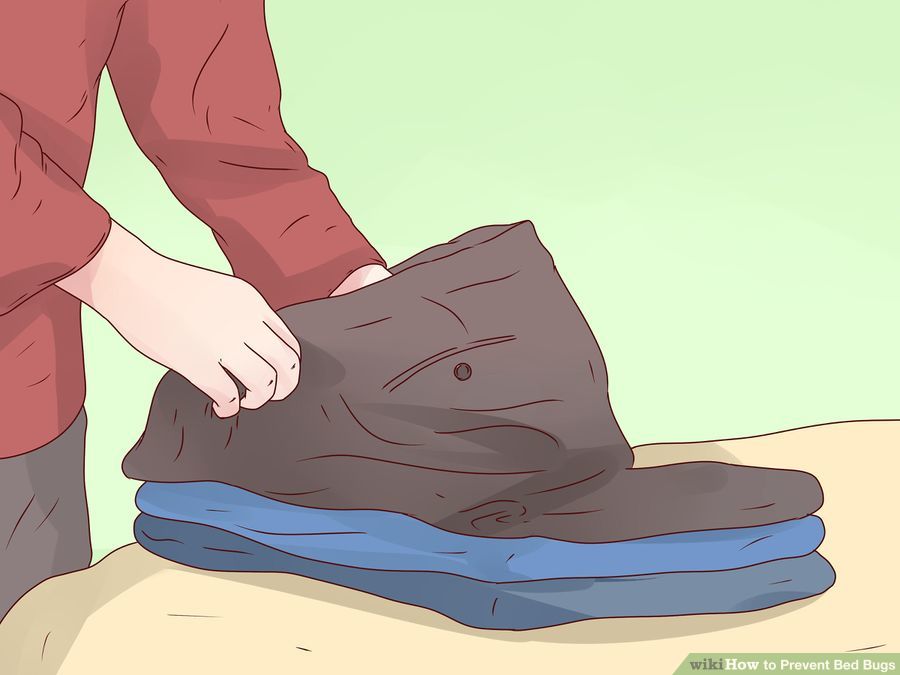
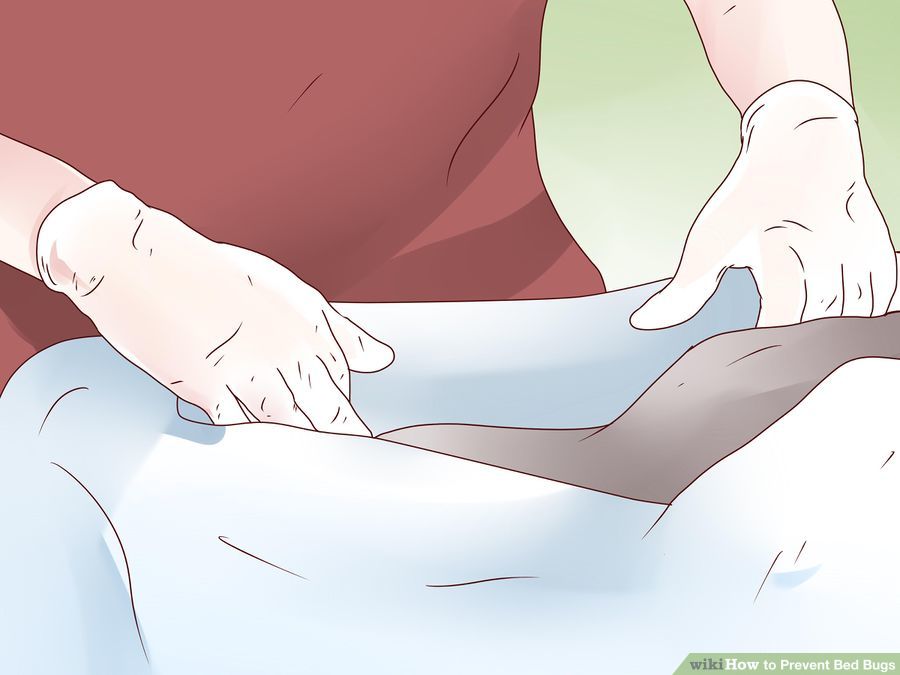
3. Inspect luggage and other personal items for bed bugs. Vacuum off luggage and items that cannot be washed. Hand wash other items with hot, soapy water. Use a brush to scrub items, especially where bugs and eggs may be hiding in the seams and folds.
4. Take care when bringing used furniture and clothing into your house. Wash clothing immediately (the water must be at least 122 degrees F/ 50 degrees C). Furniture, however, should be inspected carefully before even bringing it into your home:
- Check the crevices, behind moldings and other embellishments, and any cracks.
- Avoid bringing home used mattresses.
- Wash and dry all soft furnishings, such as curtains, at high temperatures before using.

Part 3
Knowing Your Home Has a Bed Bug Infestation
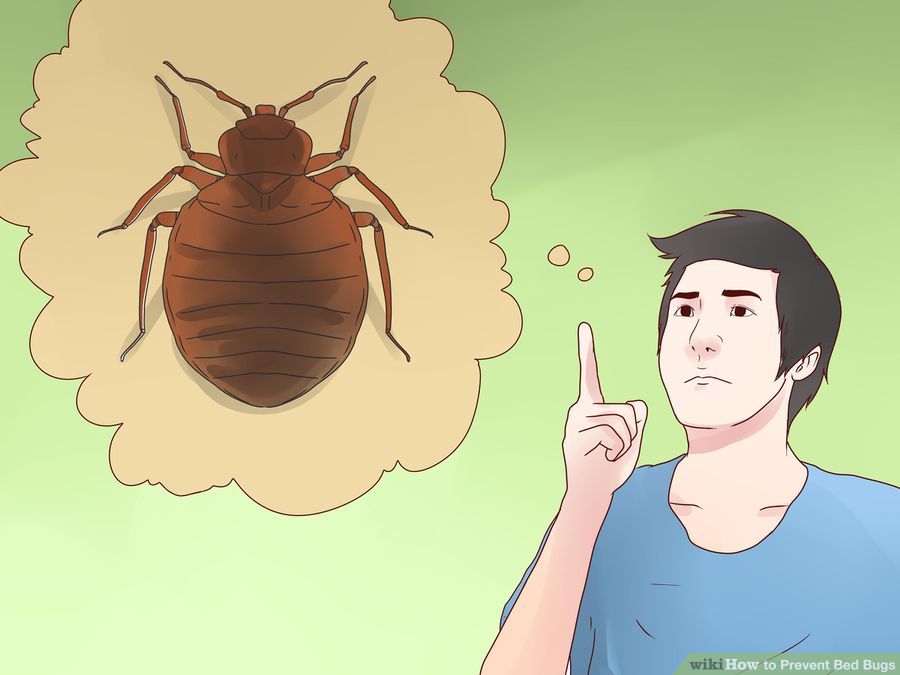
1. Consider bed bugs if any member of the household is complaining of being bitten during the night.
2. Check for signs of bed bugs:
- Fecal staining (dark brown or reddish spots) can be seen by the naked eye on bedding, the mattress, and even the walls near the bed.
- A heavily infested house may smell like coriander.
- Read wikiHow’s more detailed article on How to Recognize Bed Bugs.
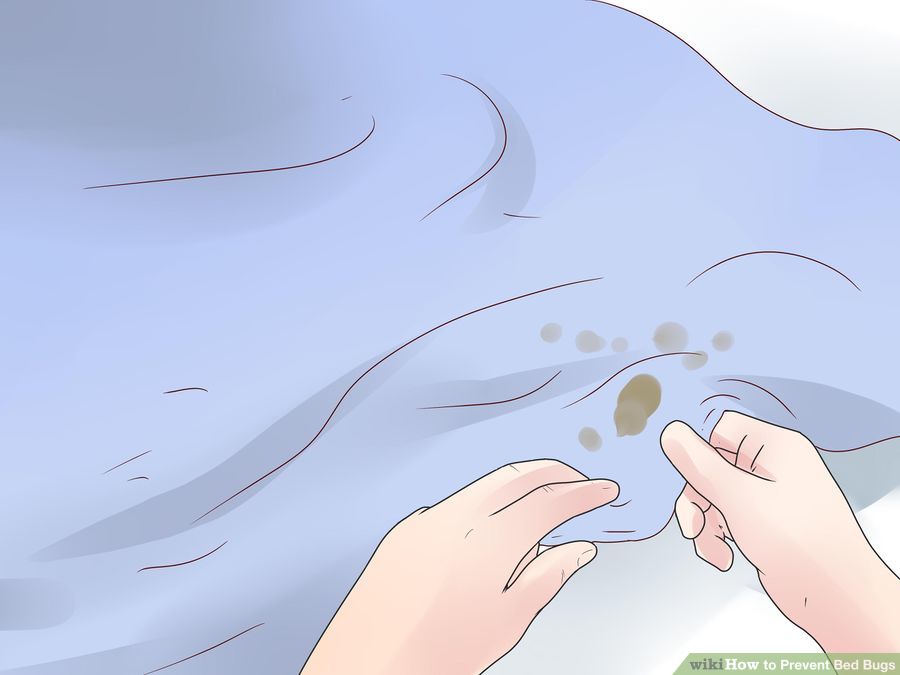
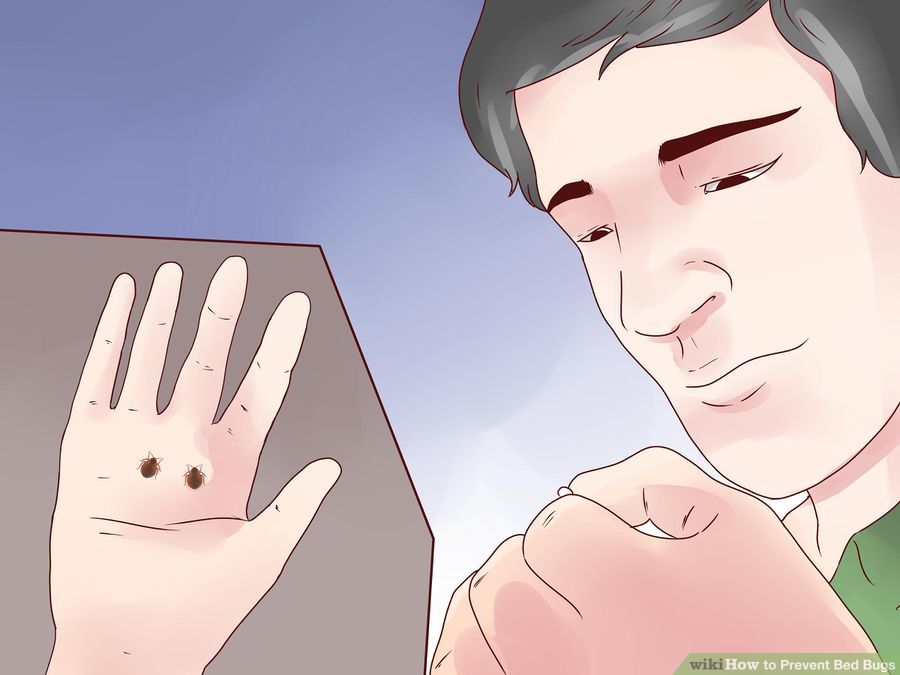
3. Confirm the identity of bed bugs if you’re not sure. Drop a sample in to an entomologist for verification.
Part 4
Knowing Your Home Has a Bed Bug Infestation
2. Deal with your bedding. The bedding needs to be treated and cared for appropriately as well:
- Wash bedding in hot water and then dry on a high heat setting each week. Place pillows and other non-washable items in the dryer for 20 minutes on high heat.
- Keep bedding from touching the floor.
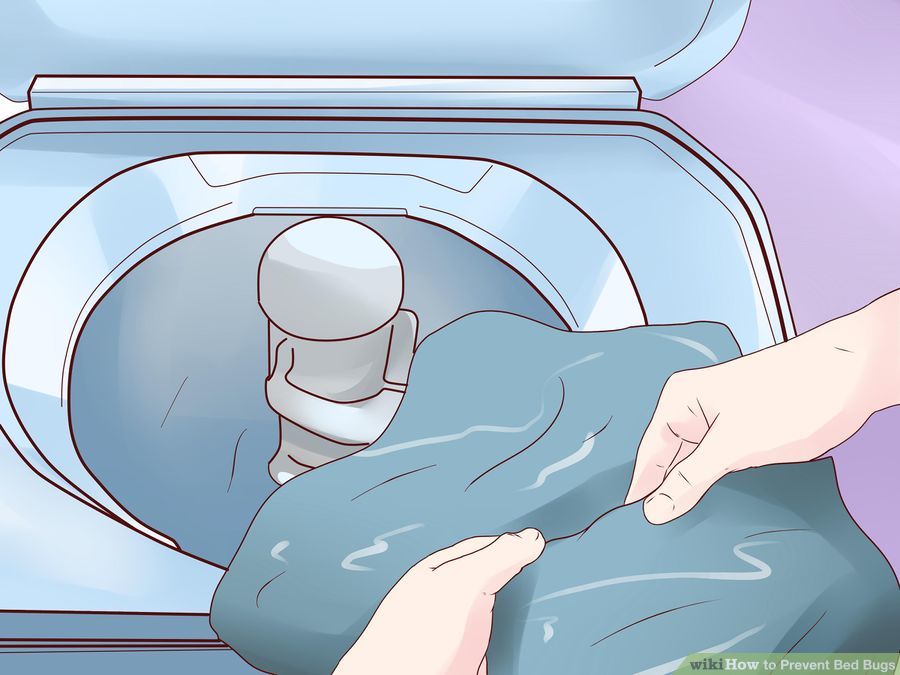
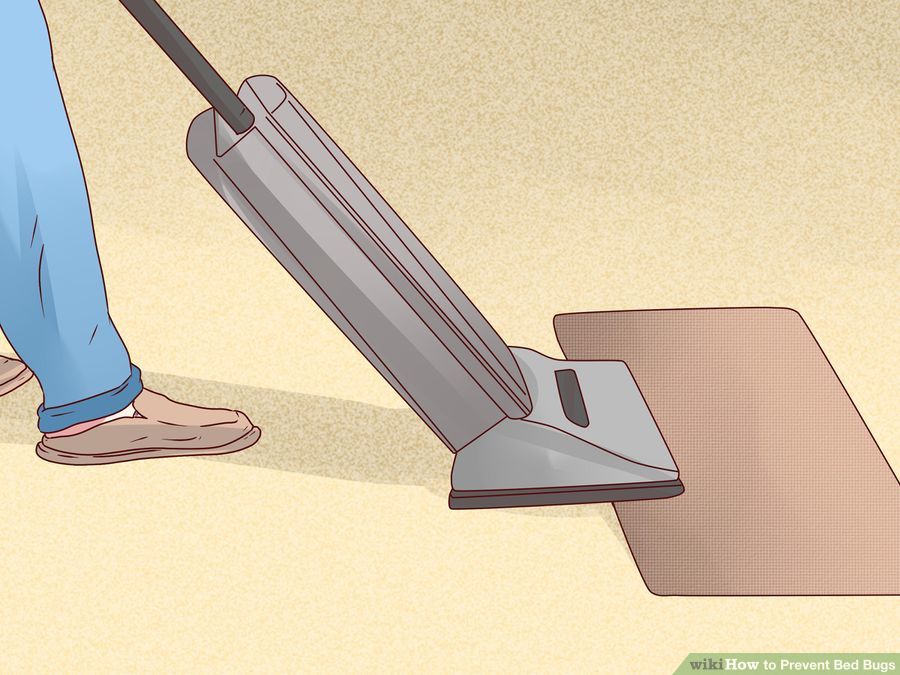
3. Eliminate bed bugs on carpet, fabric drapes and upholstered furniture by vacuuming weekly.
- Dispose of the vacuum contents carefully in a plastic bag that you can seal, then remove from your home immediately.
4. Minimize the number of hiding places for bed bugs.
- Caulk cracks along the baseboards and molding.
- Seal holes in areas where pipes or wires go through the wall.
- Reduce clutter in the bedroom, especially near the bed and on the floor.
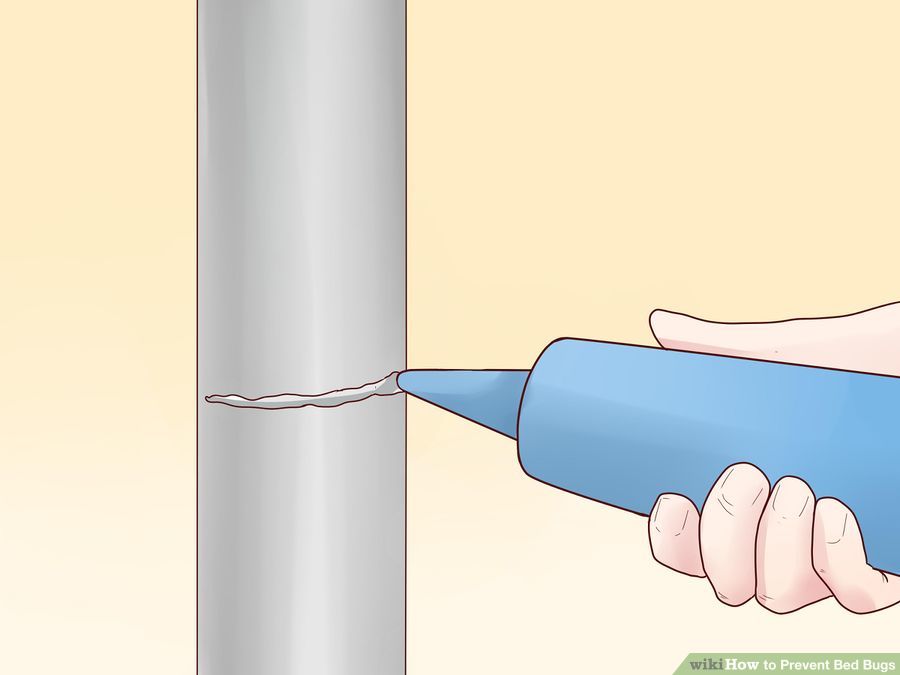
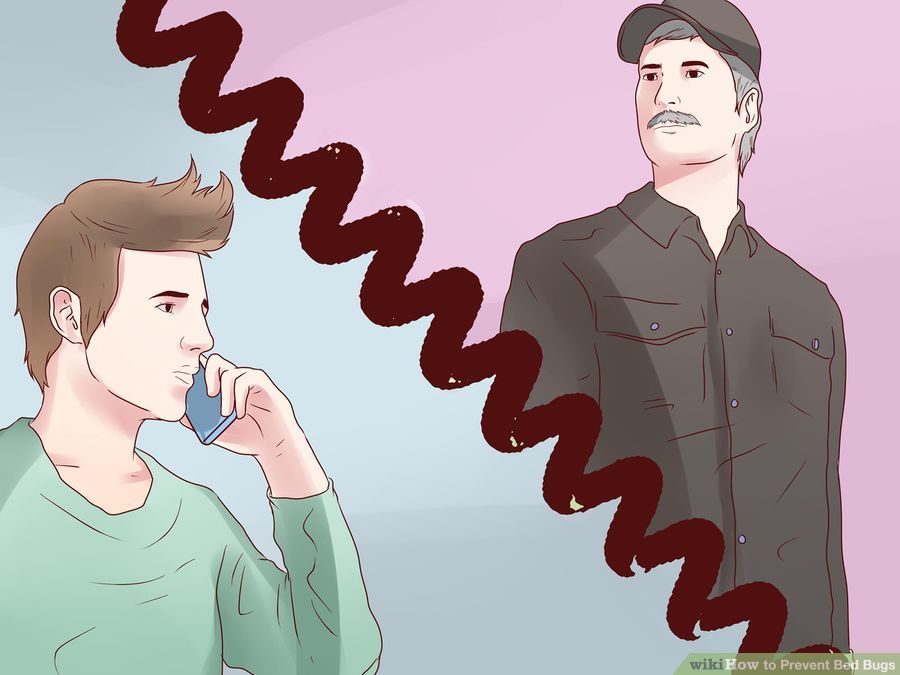
5. Hire a pest control service to routinely treat the home and prevent a bed bug infestation.
- Ask for references.
- Ask for eco-friendly solutions if wished.
- Talk to their customers about their satisfaction with the treatment process.
- If you are renting, contact your landlord immediately to get a solution implemented quickly.
